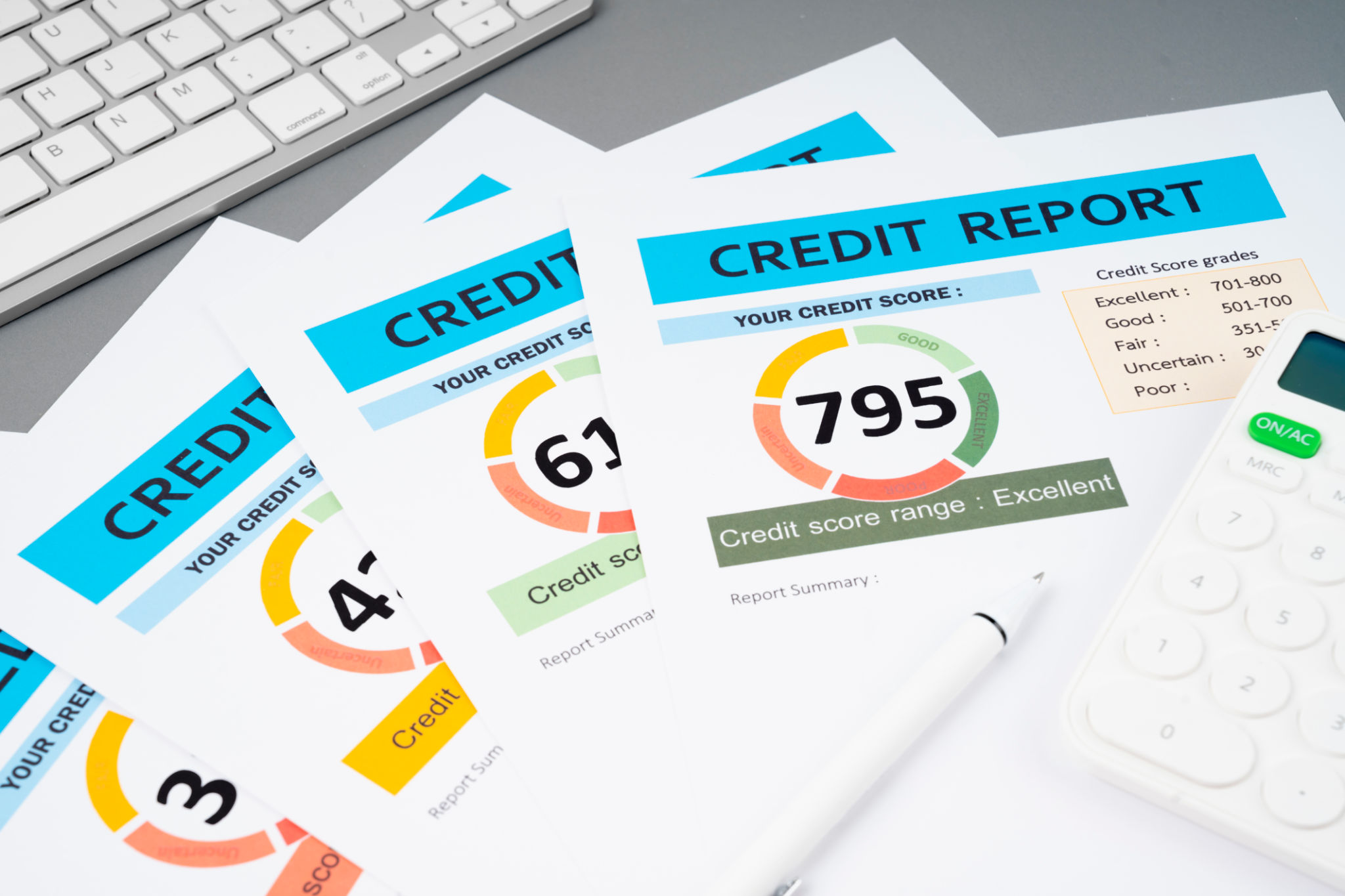How to Improve Your Credit Score: A Step-by-Step Tutorial
Understanding the Basics of Credit Scores
Your credit score is a critical component of your financial health, influencing everything from loan approvals to interest rates. Understanding how it works is the first step to improving it. Credit scores typically range from 300 to 850, with higher scores indicating better creditworthiness. These scores are calculated based on factors like payment history, credit utilization, length of credit history, types of credit, and recent inquiries.

Step 1: Check Your Credit Report
The first actionable step in improving your credit score is to obtain and review your credit report. You are entitled to a free report from each of the three major credit bureaus—Experian, Equifax, and TransUnion—every year. Examine your report for any inaccuracies or discrepancies that could be dragging down your score. If you find any errors, dispute them immediately with the respective bureau.
Step 2: Pay Your Bills on Time
Payment history is one of the most significant factors affecting your credit score. Late payments can severely damage your score, so it's crucial to pay all your bills on time. Consider setting up automatic payments or calendar reminders to help ensure you never miss a due date.

Step 3: Reduce Your Credit Utilization Ratio
Your credit utilization ratio is the percentage of your total credit limit that you are currently using. It's recommended to keep this ratio below 30% to maintain a good credit score. If possible, pay down your existing balances and avoid racking up new debt. Alternatively, you might consider requesting a higher credit limit to improve your utilization ratio.
Step 4: Avoid Opening Unnecessary New Accounts
Each time you apply for new credit, a hard inquiry is made on your report, which can temporarily lower your score. To improve your credit score, avoid opening new accounts unless absolutely necessary. Instead, focus on managing your existing credit responsibly.

Step 5: Maintain Old Credit Accounts
The length of your credit history accounts for around 15% of your credit score. Keeping older accounts open can be beneficial as it extends your credit history length. Even if you no longer use an old account regularly, keeping it open can positively impact your score.
Step 6: Diversify Your Credit Mix
Having a mix of different types of credit, such as revolving accounts (like credit cards) and installment loans (like car loans), can be beneficial to your score. However, don't take on new debt just for the sake of diversification. Instead, focus on managing and optimizing what you already have.
Conclusion: Monitoring Your Progress
Improving your credit score is not an overnight task; it requires patience and consistent effort. Regularly monitor your progress by checking your credit score periodically. By following these steps and maintaining good financial habits, you can effectively boost your credit score and secure a healthier financial future.